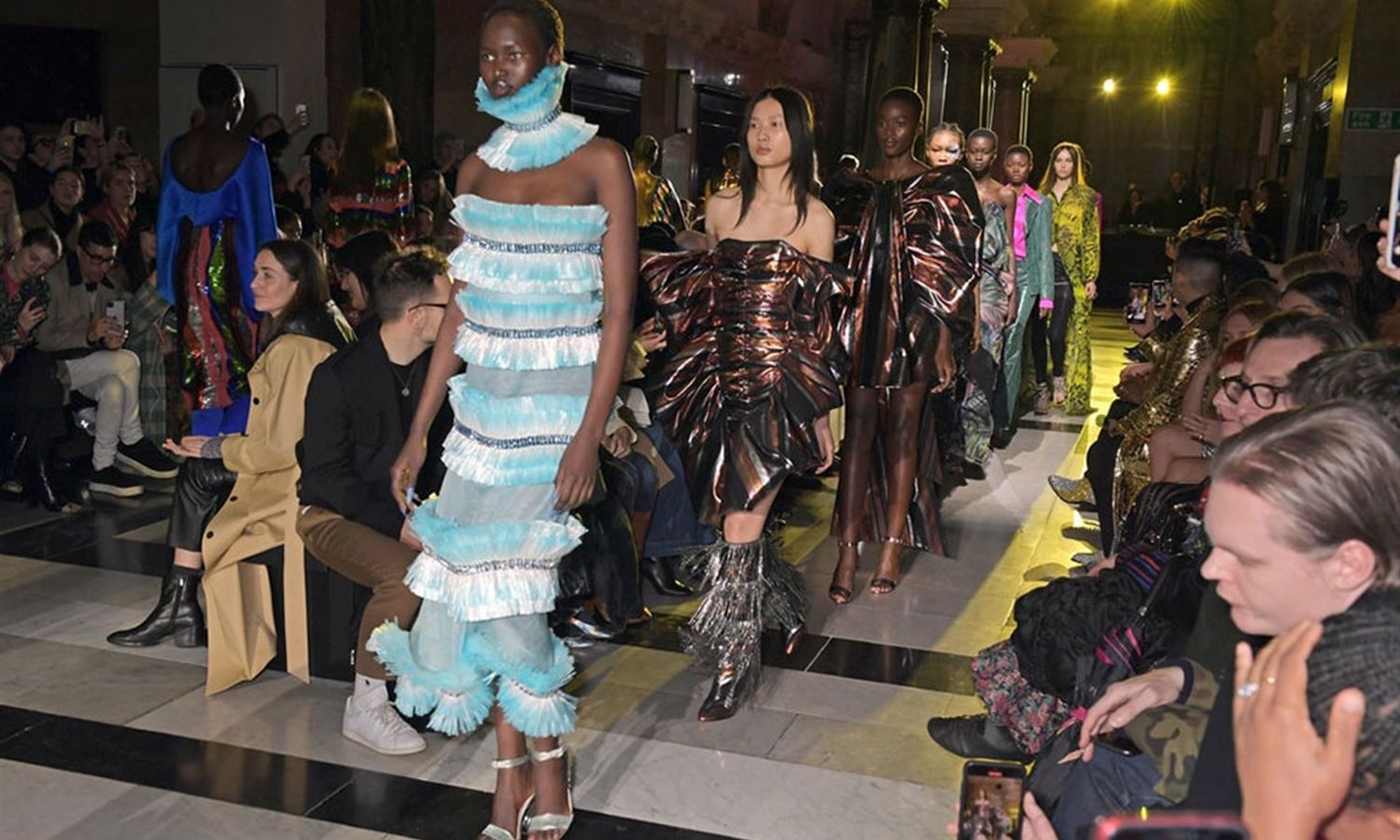Taryn Harvey moved to New York City in January, hoping to break into the city’s competitive modeling market after working in Toronto (her hometown) and Cape Town. It took her three years to secure a work visa for the move, she said.
By February, she was walking in New York Fashion Week. By March, the world had changed.
“I felt like I just got here, and then coronavirus happened,” said Ms. Harvey, 34.
Ms. Harvey was one of 212 working models who participated in a survey organized and released Wednesday by Model Alliance, a labor rights nonprofit. The results of that survey, analyzed by the Worker Institute at Cornell University, detail how the coronavirus has affected the modeling industry.
Models have long faced unpredictable working conditions. Typically classified as independent contractors, they miss out on the benefits and legal protections of full-fledged employees. But like millions of people, and the rest of the fashion industry, models are feeling even more financially vulnerable these days.
Jobs have dried up as advertising budgets have been slashed, runway shows have been canceled, and traditional photo shoots have become impossible under social-distancing and stay-at-home orders.
About half of the models surveyed said they were currently owed money by their clients or agencies. (Or both, for about a third of models.) Two-thirds said they were concerned about being able to pay for housing; one-fifth said they did not have health insurance.
The pandemic has also exacerbated the industry’s racial disparities, according to the survey.
